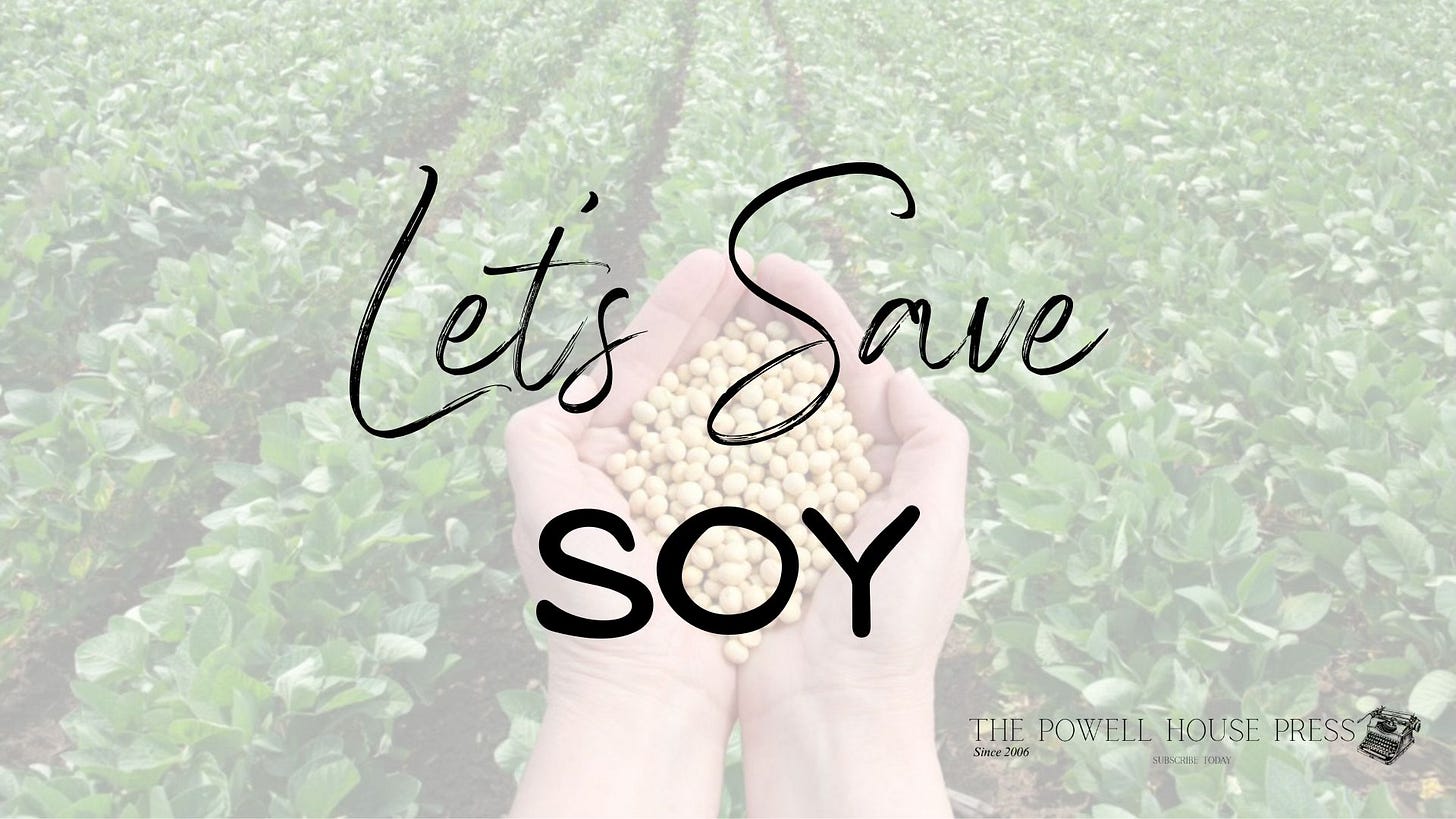Save the Soy! Save the Soy!
What is Trump Doing to US Farmers? Soy and Wheat Farmers Face Another Round of Trump's Antifarming Policies. Why?
We suffer from collective amnesia. Trump’s current behavior isn’t novel—it’s a replay. The erratic tweets, baseless accusations, and bottomless ego defined his first term just as they define this one. The only difference? Fewer guardrails between his impulses and policy.
Which brings us back to a familiar question: why is Trump once again wielding tariffs as a weapon against our own farmers? We’ve lived through this disaster before, yet here we are, watching the same tragedy unfold in slow motion.
Trump has a particular kind of cruelty; it’s the kind that allows him to inflict the same wound twice. One that cost the American taxpayers $28 billion the first time around. Donald Trump didn’t stumble into his second trade war with China. He didn’t accidentally impose tariffs that he knew from bitter experience would devastate American farmers. He walked into this agricultural apocalypse with his eyes wide open, carrying a detailed USDA report that spelled out exactly how his first trade war…
Keep reading with a 7-day free trial
Subscribe to The Powell House Press to keep reading this post and get 7 days of free access to the full post archives.



